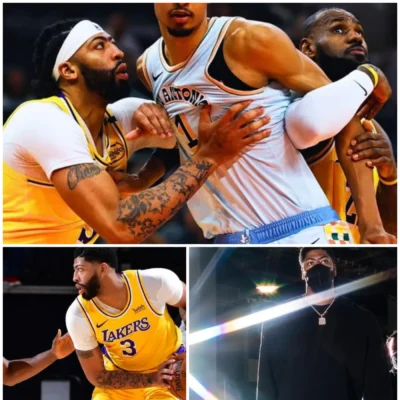14 years ago, a female singer exposed ‘white parties’ but who knew?
Recently, Sean “Diddy” Combs’ “white party” has become a hot topic on social media after numerous artists exposed shocking information about it. Images and videos from these parties have been widely shared, leading to significant controversy and criticism. Amid this discussion, an intriguing theory involving singer Lady Gaga has emerged, capturing particular attention from fans.
Lady Gaga, known for her talent and unique style, has become a global cultural icon. In 2009, she released the music video (MV) for “Bad Romance,” a work that not only shook the music scene with its catchy melody but also left a lasting impression with its striking visuals.

The MV begins in an all-white space, where Lady Gaga and her dancers appear in pristine white outfits. This setting quickly becomes a symbol of purity, yet it conceals deeper meanings.
In the MV, Lady Gaga portrays a girl taken into a room where she faces dancers who force her to drink alcohol. This imagery reflects not just control but also the pressures women encounter in the entertainment industry. The transition from white to red attire at the end of the MV carries a powerful message, symbolizing that innocence has been tainted. This serves as a subtle metaphor for the realities that can occur in a world where appearances often outweigh true value.
The connection between the “white party” and “Bad Romance” prompts many to reflect on how art mirrors reality. While Diddy’s white party is attracting strong criticism for its controversial actions, Lady Gaga’s MV appears to explore similar themes of power, manipulation, and societal perceptions of women.

Furthermore, Lady Gaga’s prominence in this context raises questions about artists’ roles in conveying social messages. Do artists have a responsibility to reflect societal realities? How significant can their role be in changing perceptions when art intersects with sensitive issues like violence, manipulation, and social pressure?
In conclusion, the events surrounding the “white party” and the link to Lady Gaga’s “Bad Romance” have sparked a profound discussion about how art and reality interact. This isn’t just a story about a party or a music video; it serves as a reminder of the larger issues that society continues to face.













Post Comment